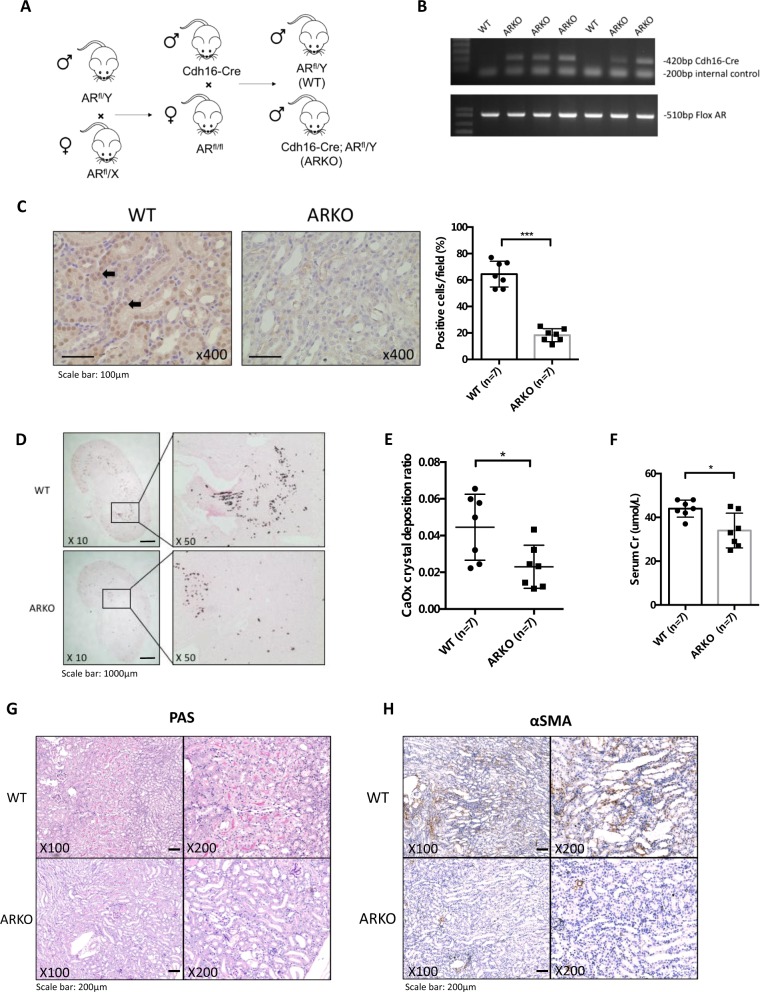Fig. 5. Loss of renal tubular epithelial androgen receptor (AR) gene decreased the intrarenal calcium oxalate (CaOx) crystals deposition in glyoxylate-induced CaOx deposition mouse model.
a Renal tubular epithelial ARKO mouse breeding scheme. Male mice with Cre coding sequence under the control of the mouse cadherin 16 (Cdh16) promoter were bred with female flox AR mice (ARfl/fl) to generate wild type (WT, non-carrier for Cdh16-Cre) and Cdh16-Cre/ARKO mice (Cdh16-ARKO). b Tail genomic DNA was isolated for genotyping by PCR using primers flanking AR exon 2 and Cre primers. c AR protein expression (left panels) was detected in male kidneys of WT and Cdh16-ARKO mice by immunohistochemistry (IHC). Black arrows indicate cells expressing AR protein. Quantifications of AR-positive cells in the mouse renal tissues were shown at right. d Glyoxylate-induced intrarenal CaOx crystals deposition was compared between WT and Cdh16-ARKO male mice. e Quantitation (mean ± SD) of intrarenal CaOx crystals deposition in each kidney section. Higher numbers of intrarenal CaOx crystals were found in the WT mice than in the Cdh16-ARKO mice. f Serum creatinine (Cr) level was compared between WT and Cdh16-ARKO male mice after glyoxylate treatment. g Representative histologic images of periodic acid–Schiff (PAS)-stained kidney sections from WT and ARKO mice. h Immunostaining of α-smooth muscle actin (α-SMA) in kidney sections from WT and ARKO mice. *P < 0.05, ***P < 0.001 compared with WT mice

